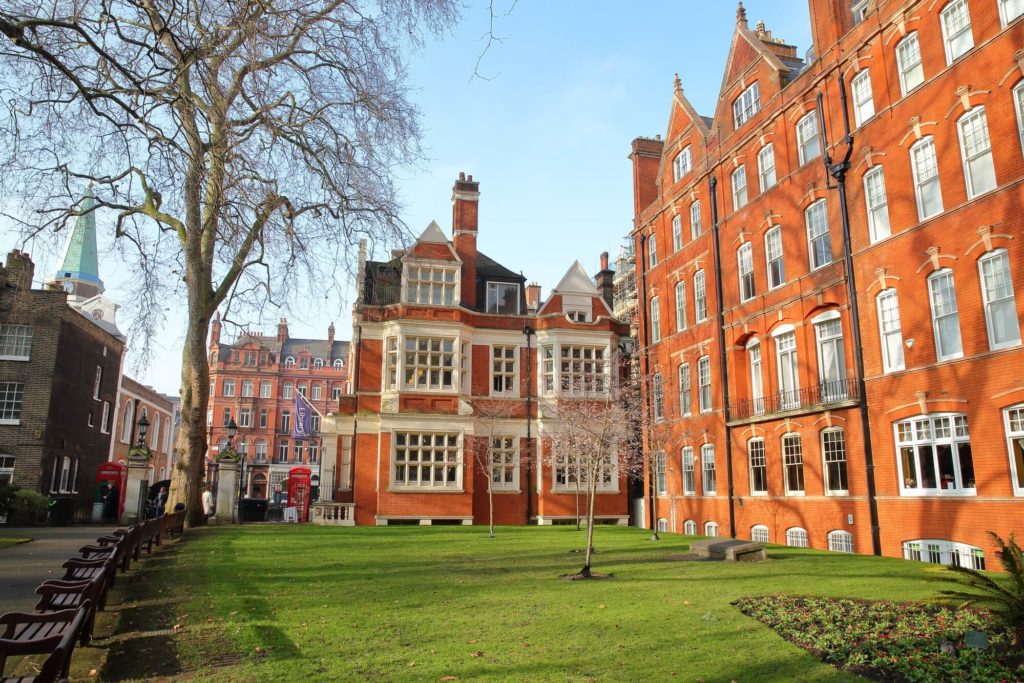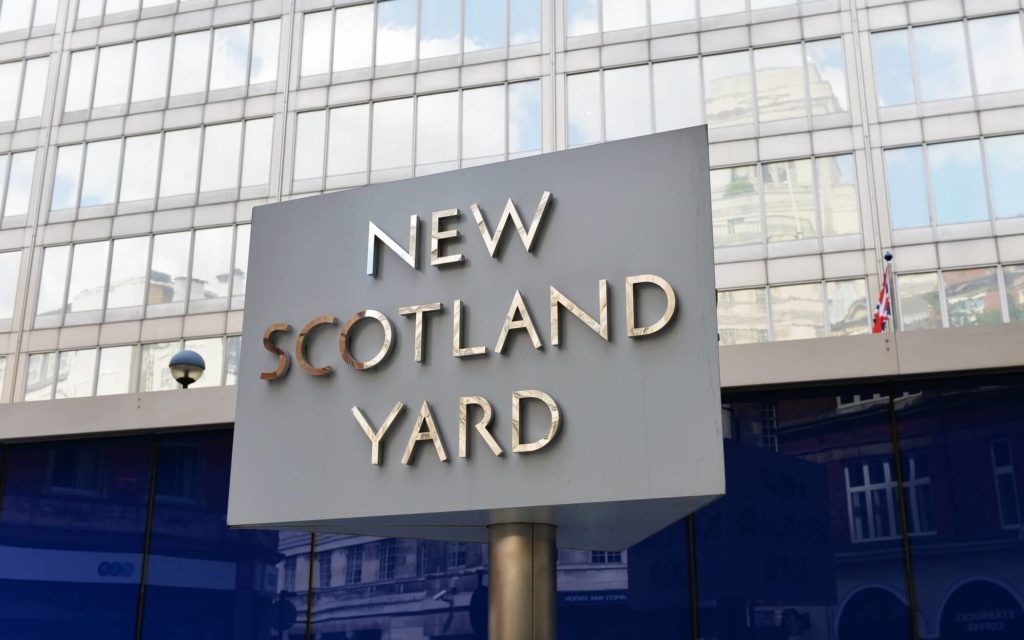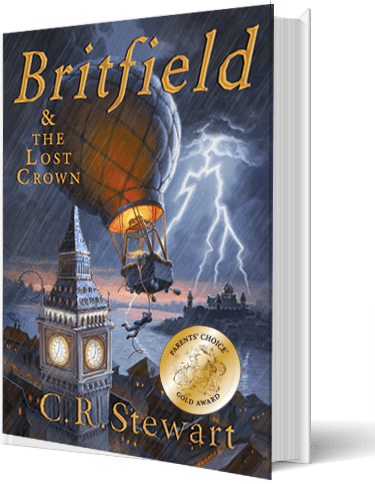“What’s the plan, Professor?”
wondered Sarah aloud.
“First we need to find a place to stay.” Hainsworth glanced at his watch. “It’s now two o’clock. I’ll call Dr. Beagleswick to see if we can meet him later. Perhaps he’ll know what this whole thing’s about.”
“Why don’t we stay here?” asked Tom, surveying the room and lobby.
“If the police start calling the hotels, it could cause a problem. We should also leave Mayfair.” He continued thinking. “But there’s one place in St. James that might be perfect, at least for now.”
“Whatever you believe is best, but we should leave soon,” said Tom anxiously, pointing to an officer walking by a window.
Without hesitation, they sprang to their feet. The professor hastily paid the bill, and all three left by the back entrance onto Dover Street.
Mayfair was now a beehive of police activity, teeming with officers and law enforcement personnel.
Although Tom, Sarah and Hainsworth had changed their clothes, they were still conspicuous: a boy, a girl, and a tall older man walking together.
Realizing the obvious, they carefully sneaked along side roads and quickly crossed Piccadilly Street. They passed the Ritz Hotel and hurried down St. James Street to one of the oldest areas of London. The main avenue was dominated by historic buildings, upscale restaurants and a variety of prominent shirt-makers.





